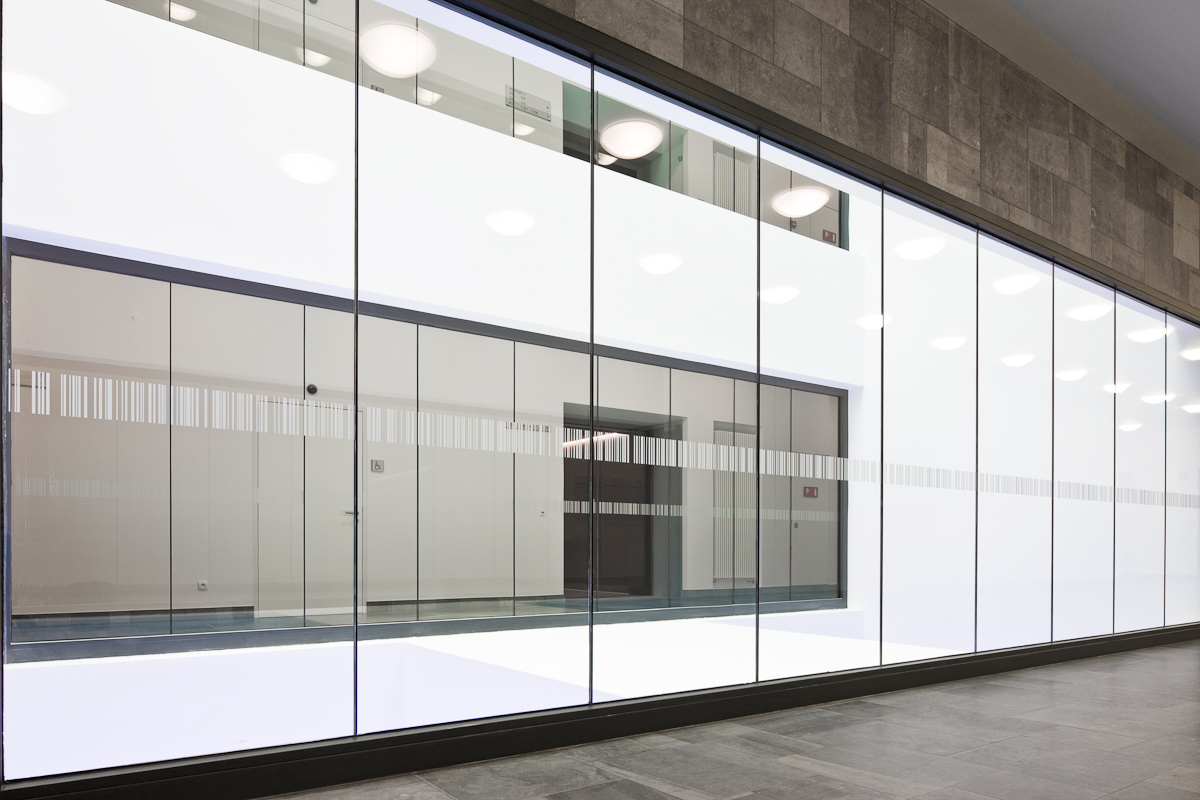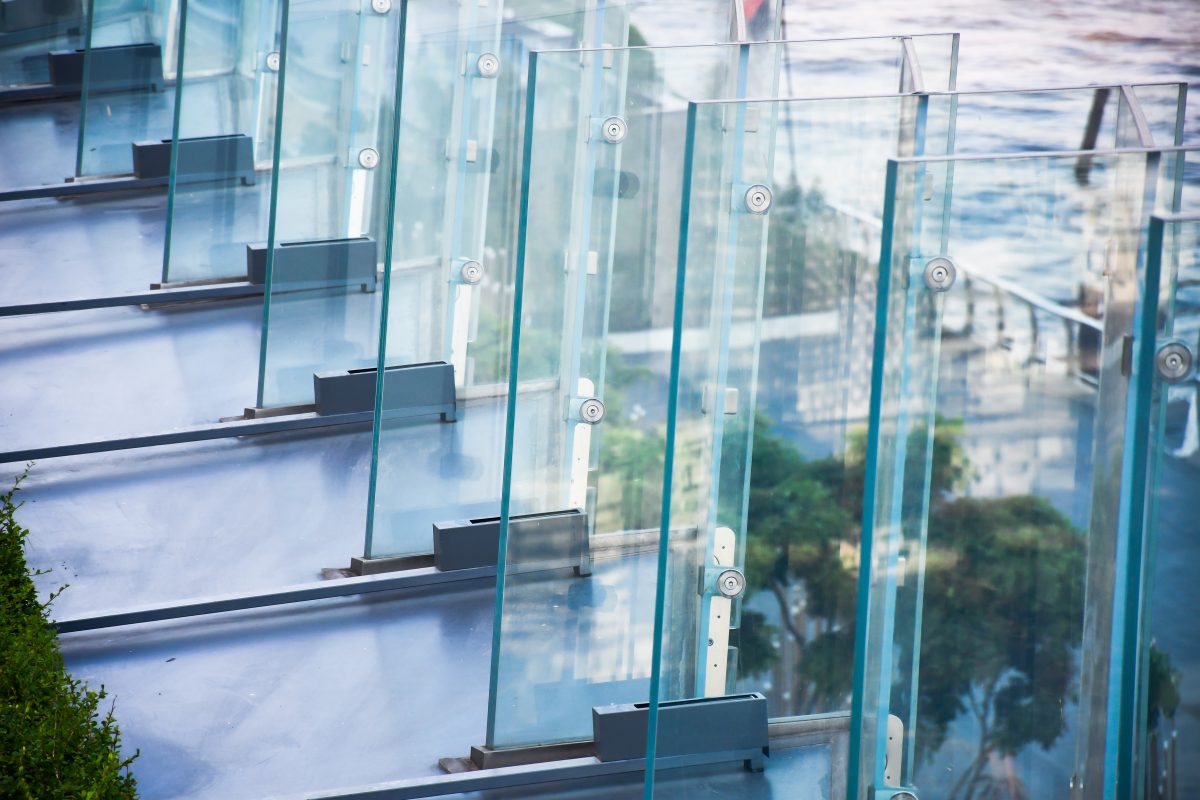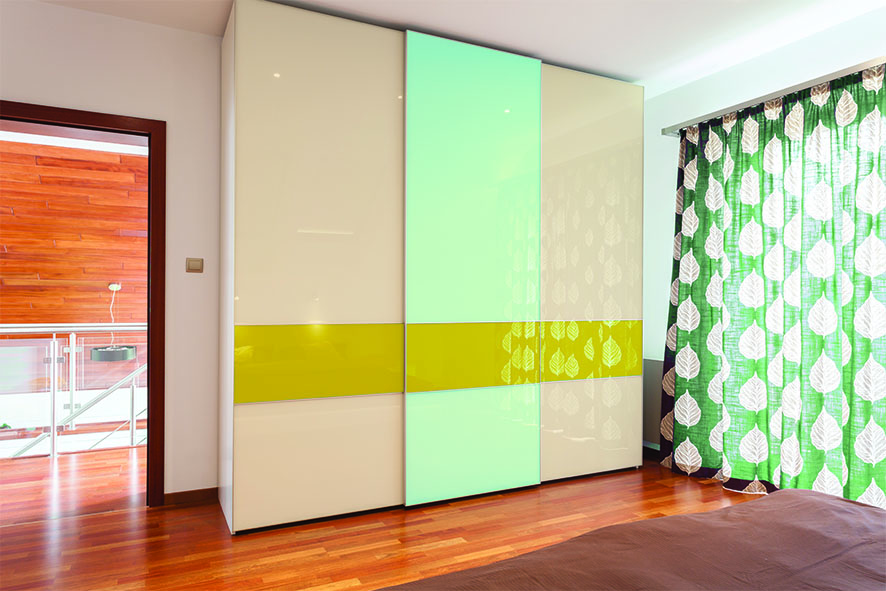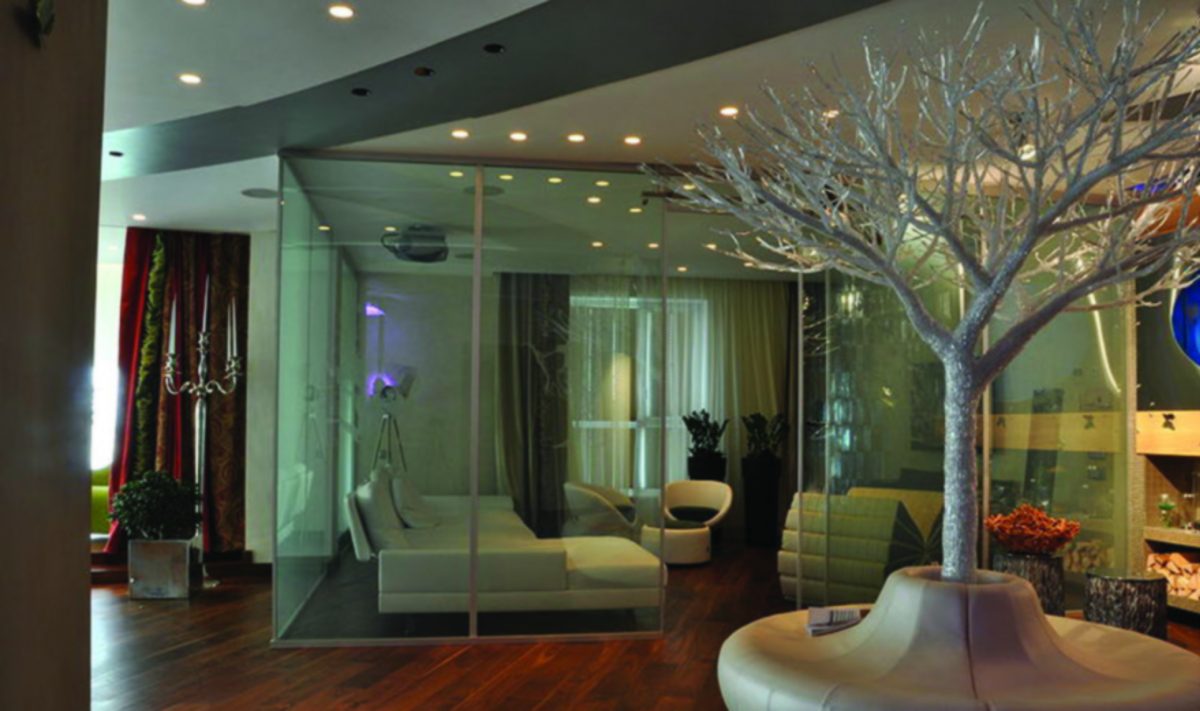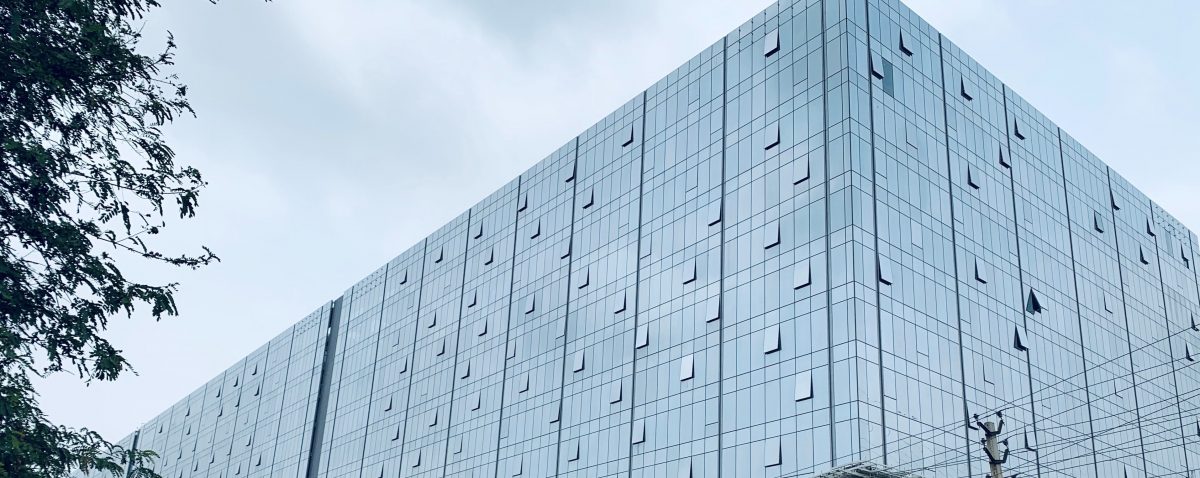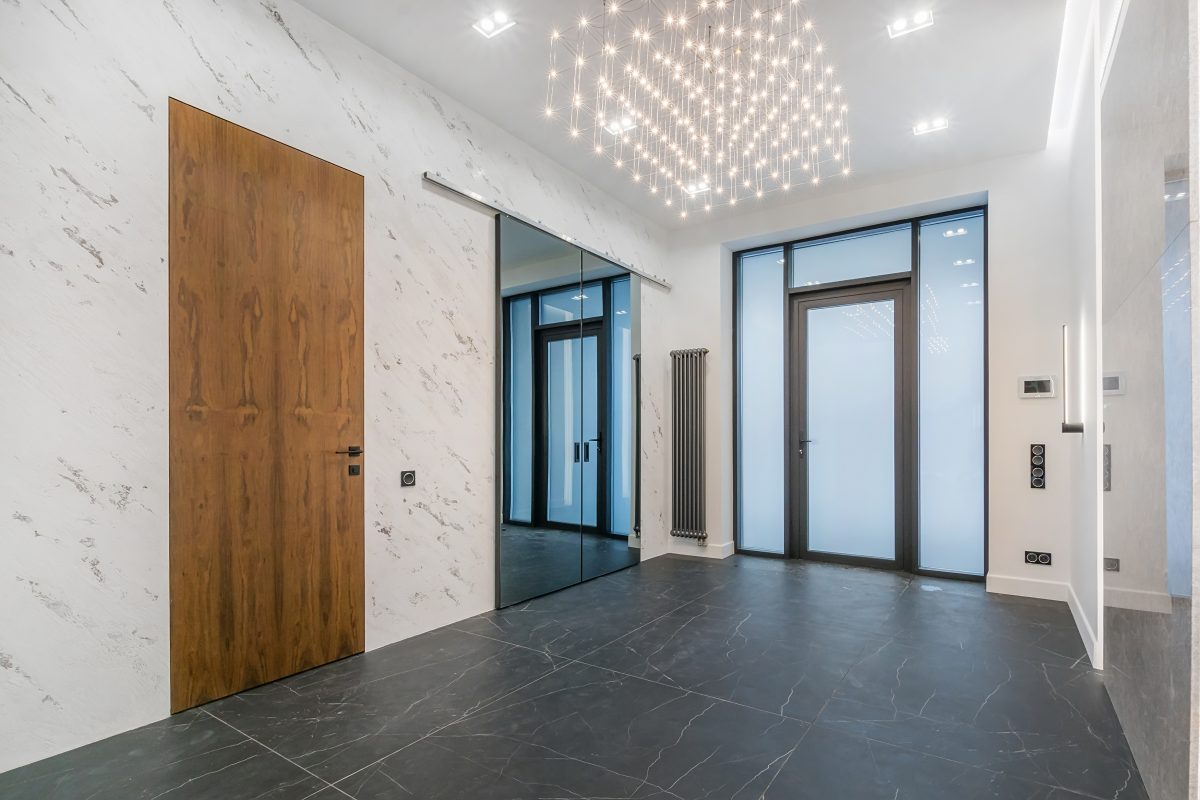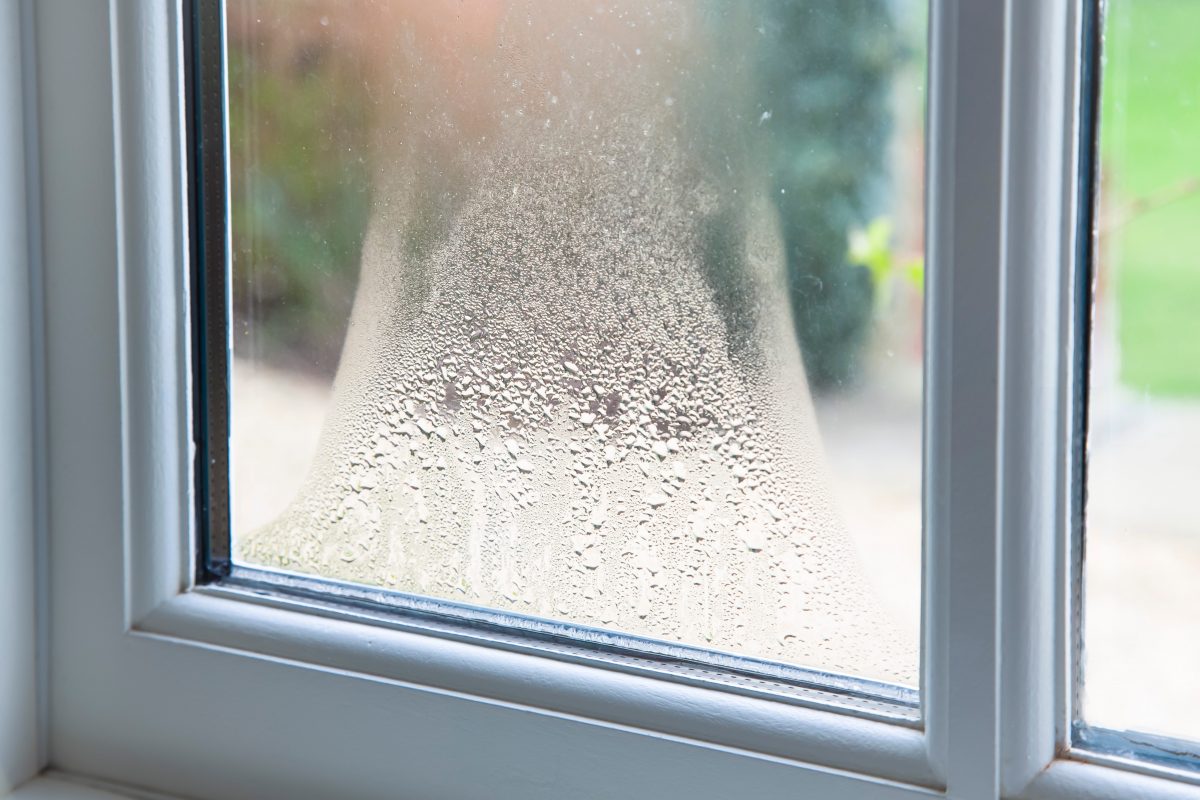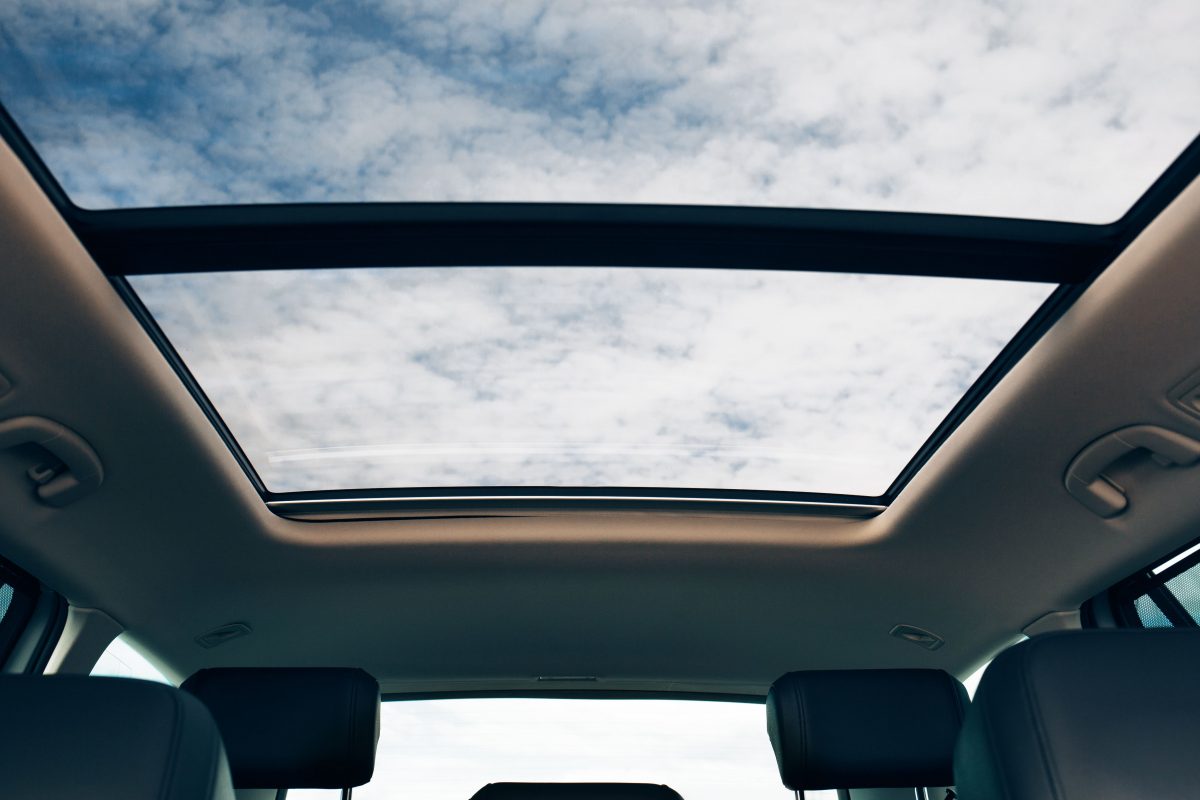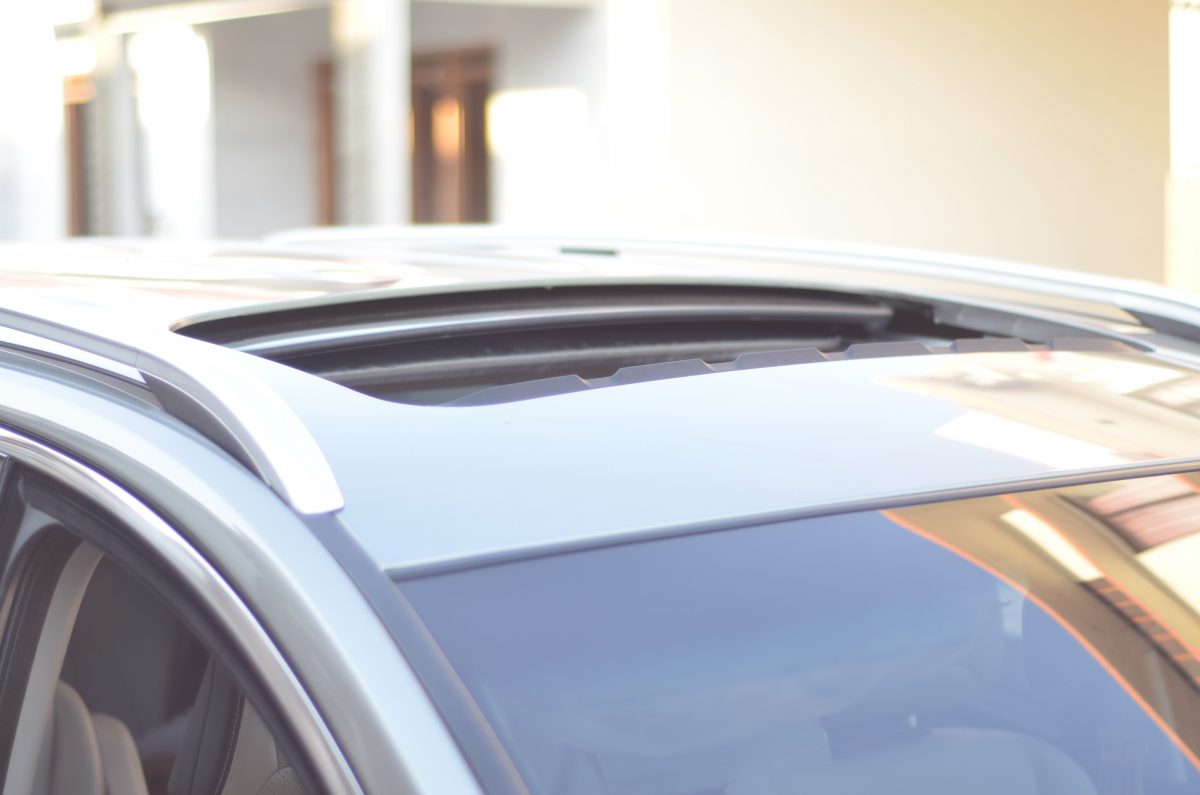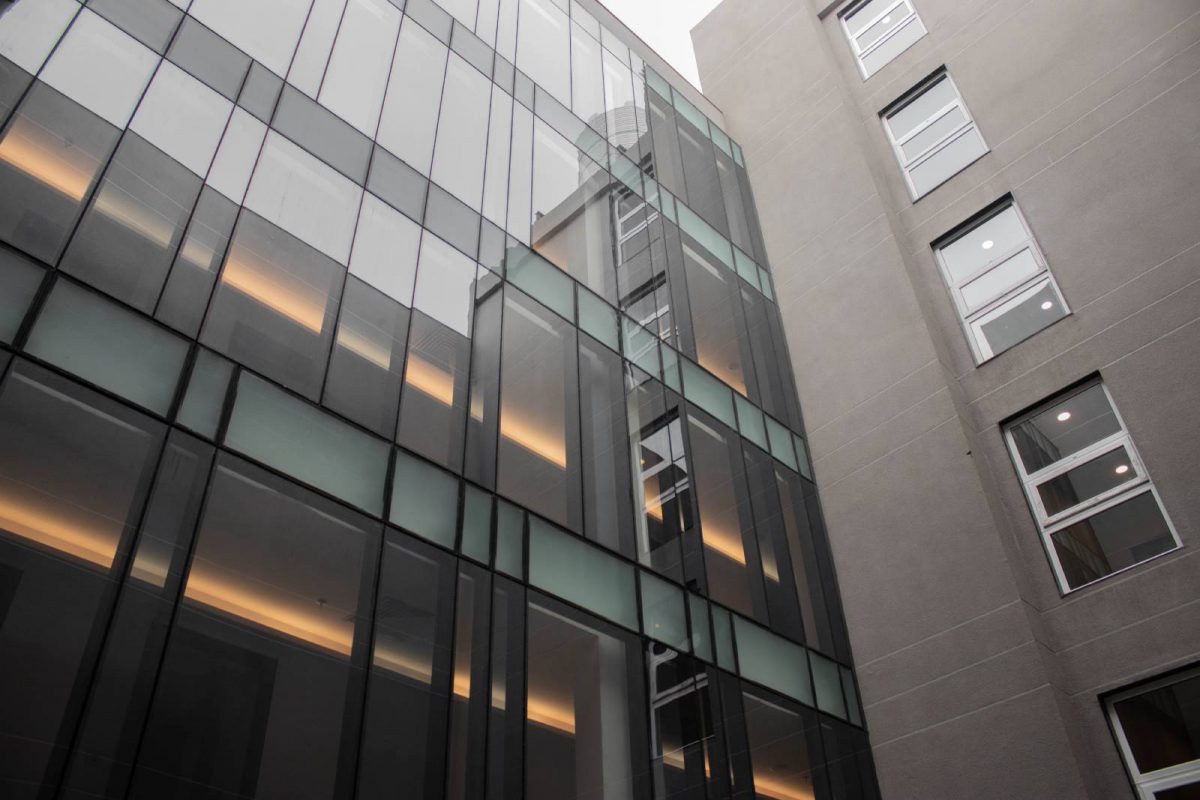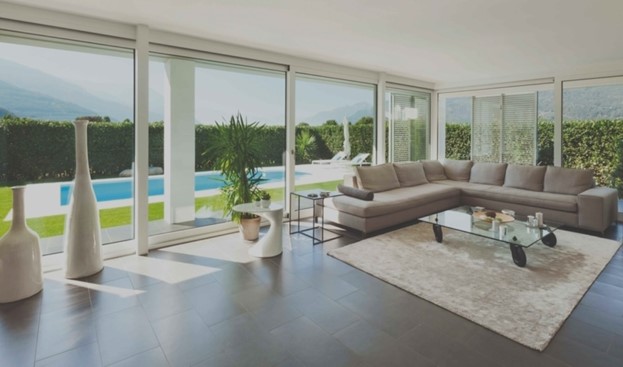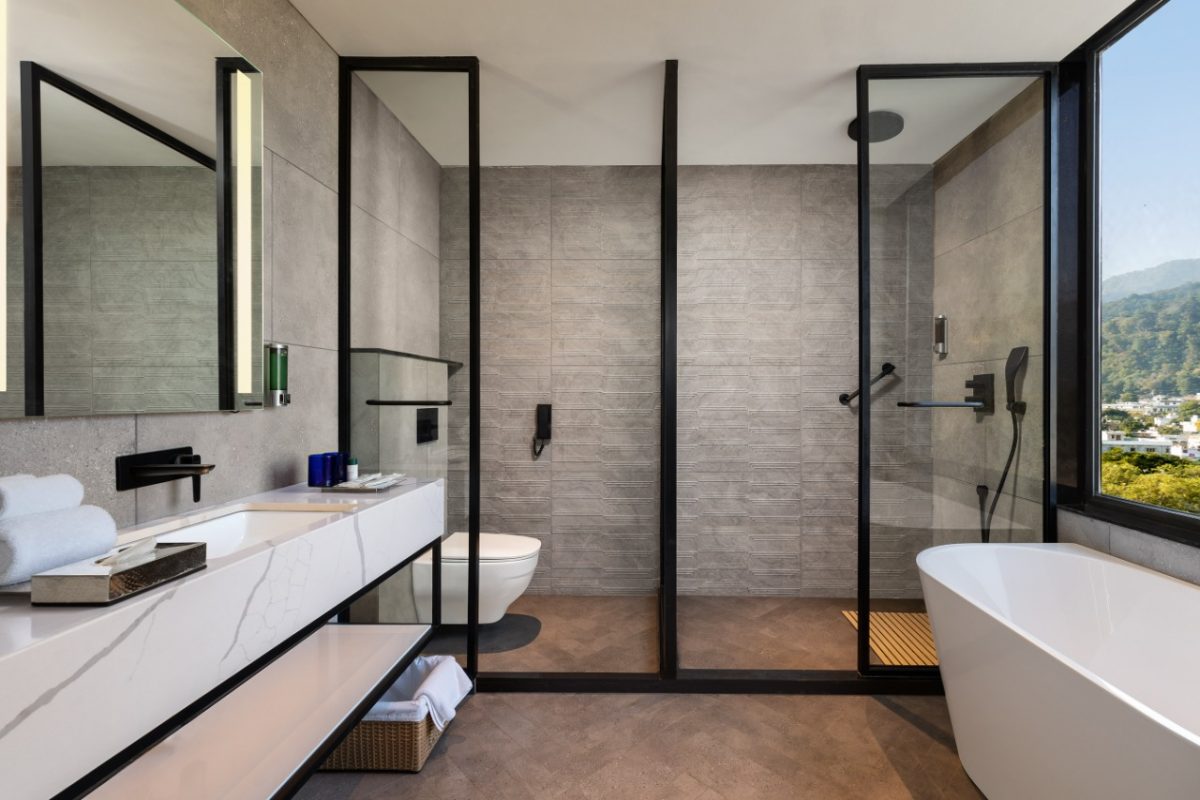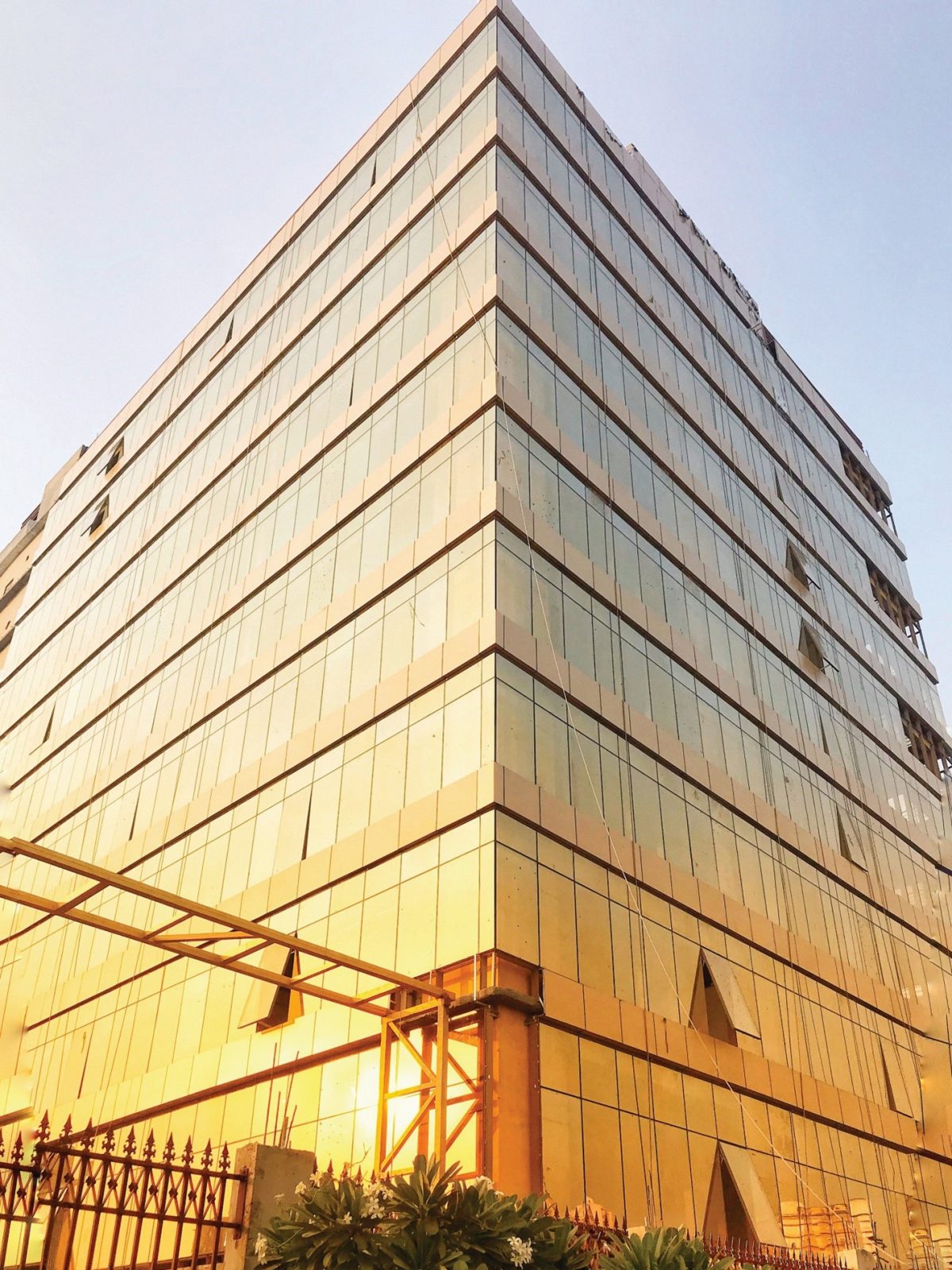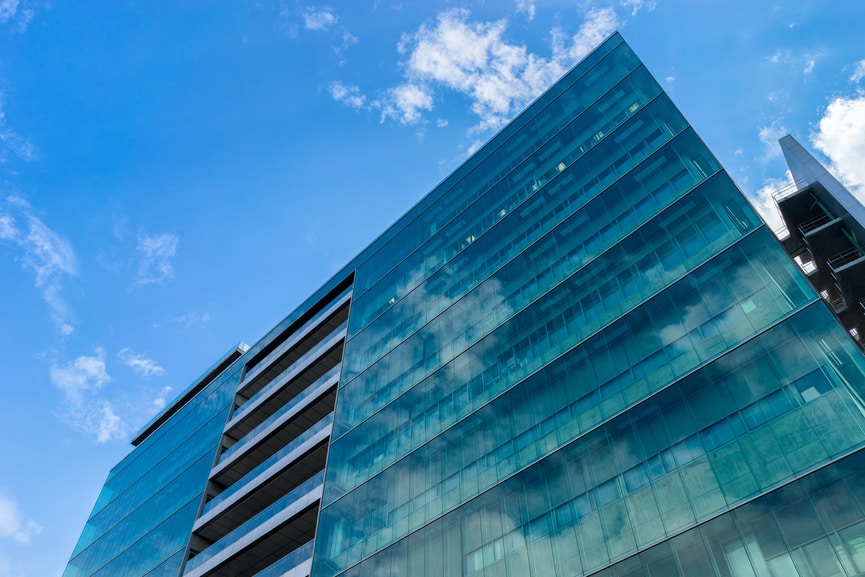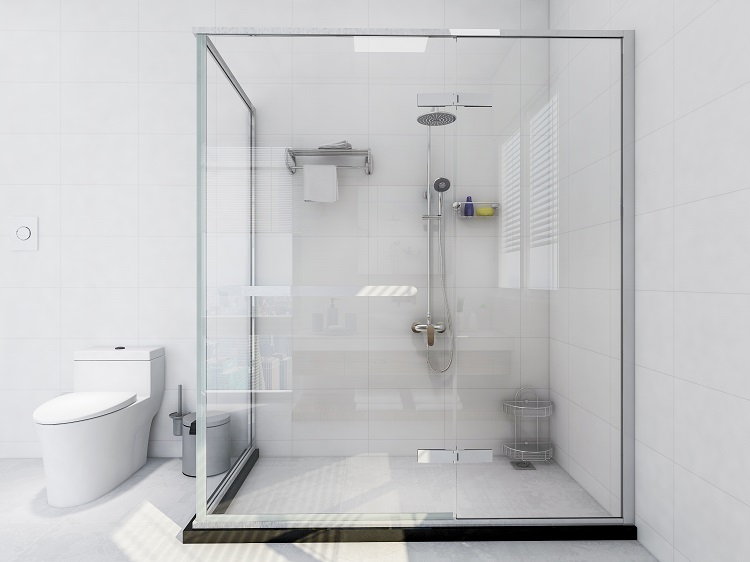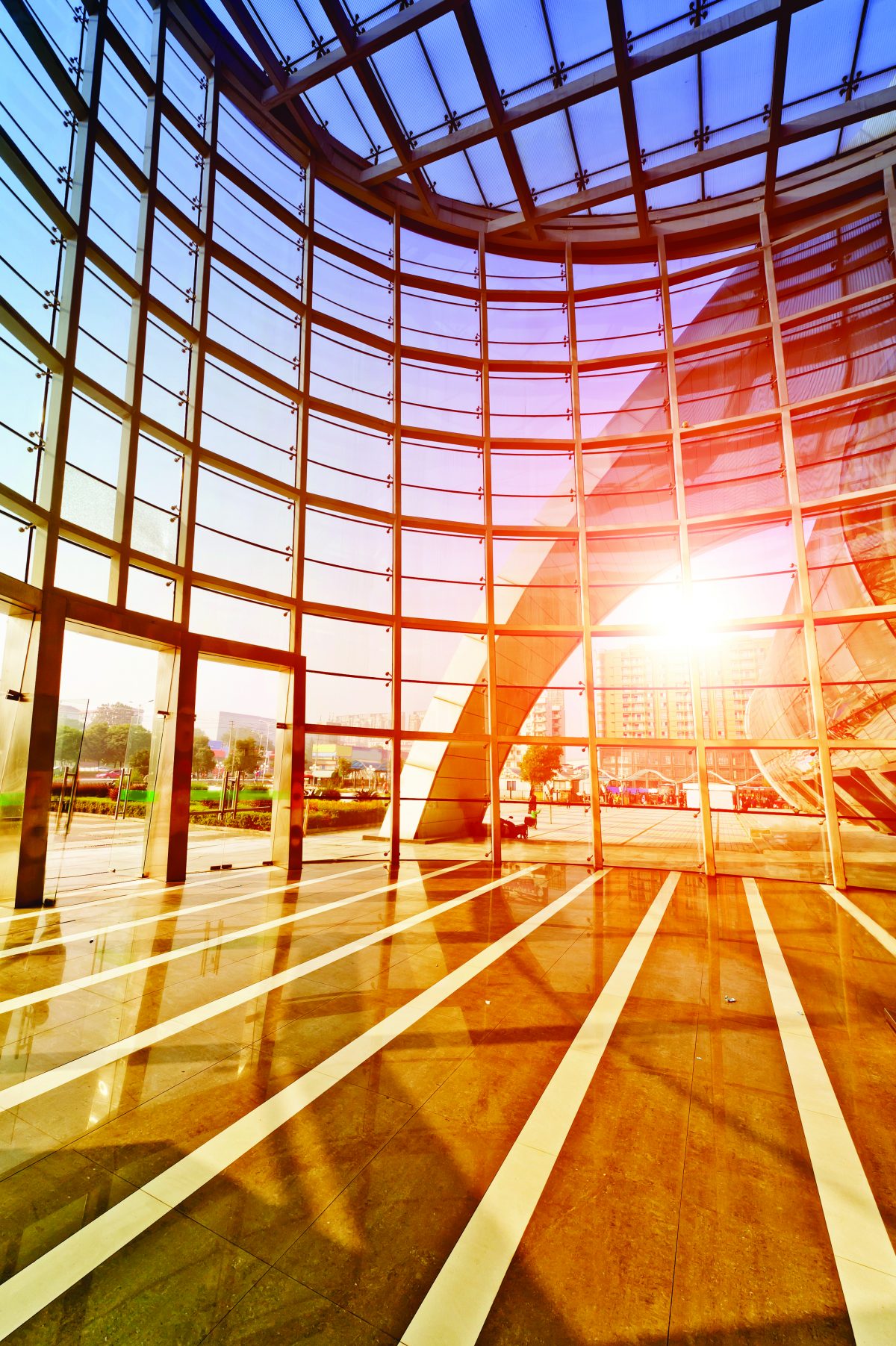In commercial and industrial facilities, fire safety is paramount. At AIS Glass, you can explore fire-rated glass doors that enhance safety and add to the aesthetics of your space.
Our fire-rated glass doors for commercial use are engineered to prevent the spread of fire and smoke between different sections of a building for safe evacuation and minimised property damage. Here’s everything you need to know.
Fire-Rated Glass Doors – An Overview!
These doors are constructed using specialised materials that can withstand high temperatures for specified durations.
At AIS Glass, we offer AIS Pyrobel, a trusted fire-resistant glass solution that combines safety with clarity and design flexibility. It’s ideal for commercial use and provides both protection and sophistication without compromising natural light.
Top Benefits of Installing Fire-Rated Doors in Your Facility
Here are the top benefits of choosing fire-rated glass doors like AIS Pyrobel for your space.
Enhanced Fire Resistance
AIS Pyrobel fire-rated glass doors protect against fire, heat and smoke. You can explore a variety of classes in this category to suit your specific needs. Each of them offers fire resistance based on their class, protecting the building from fire for a set duration.
Superior Heat Insulation
The EI-class Pyrobel doors offer exceptional heat insulation to keep the temperature on the other fire side below an average of 140°C. This further protects the building’s structure and keeps occupants safe during fire hazards.
Aesthetic Design
Along with its fire-resistant properties, AIS Pyrobel doors also maintain transparency to allow natural light into your space. With this benefit, you can use this glass for various applications, such as doors, partitions, windows, etc., without compromising on aesthetics.
Acoustic Performance
AIS Pyrobel glass doors offer excellent acoustic properties too, reducing noise transmission between different areas up to 49 decibels. This feature is particularly beneficial in environments where noise control is essential, such as offices, conference rooms, and other professional settings.
Compliance with Safety Standards
AIS Pyrobel fire-rated glass doors comply with Indian and international fire safety standards[1] . They are also approved for use in wooden, steel aluminium framing systems, as well as frameless systems named Pyrobel Vision Line. This compliance ensures that the doors meet the necessary safety requirements for various building types.
Durability and Strength
AIS Pyrobel doors are designed to resist high loads of pressure, making them almost unbreakable. This is necessary to sustain the impact of physical fire pressure on the outside or inside, without affecting performance.
Customisable Options
AIS Pyrobel doors are available in various sizes, including single and double-leaf doors and fixed partitions. They can be customised to incorporate other products such as solar-control, low-emissivity, patterned or tinted glass, for design flexibility.
Why Do You Need AIS Support?
Partnering with AIS Glass ensures access to high-quality fire-rated glass solutions backed by expert support.
● Site Evaluation – Our experts visit our factory or warehouse to assess the layout, goals and safety requirements to help you find a fire-safety door that fits perfectly into your space.
● Design Consultation – We then proceed with a list of glass options that you can choose from based on the site assessment. This step is necessary to mutually discuss and choose a fire-rated glass that aligns with your specific needs.
● Customising Design – The next step is to customise the chosen glass option for your building and design requirements. This step involves getting the correct measurements, design needs and layout in check before installation.
● Professional Installation – Once your design is ready, our expert technicians provide professional installation of the chosen fire-rated glass doors to reduce the risk of any gaps or post-installation issues.
● After Installation Care – Following the door installation, we offer post-installation assistance to address any issues with the glass door’s performance or gaps.
We prioritise customer safety and satisfaction, and thus, offer top-quality fire-rated glass doors for commercial spaces and professional support at every step.
Final Thoughts
Choosing the right fire-rated glass doors is vital for the safety and efficiency of commercial spaces. We at AIS Glass offer advanced solutions that blend safety with style. We ensure your facility meets all safety standards without sacrificing design and elegance.
Ready to upgrade? Get in touch with us today!

